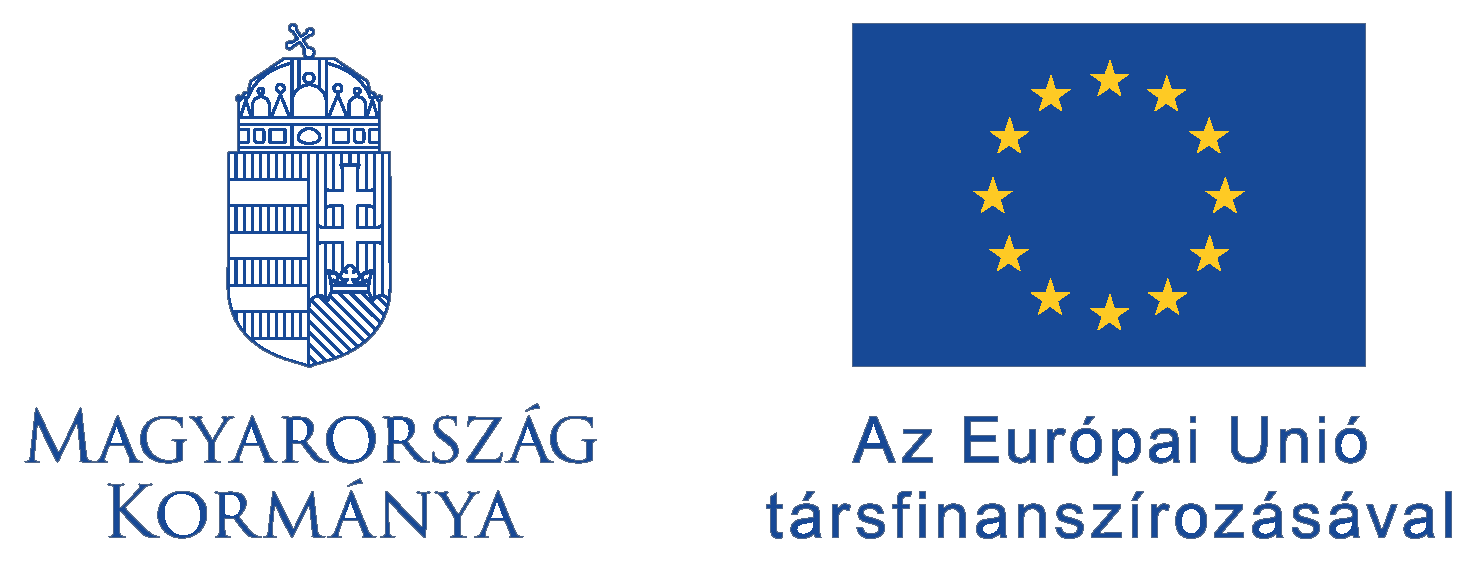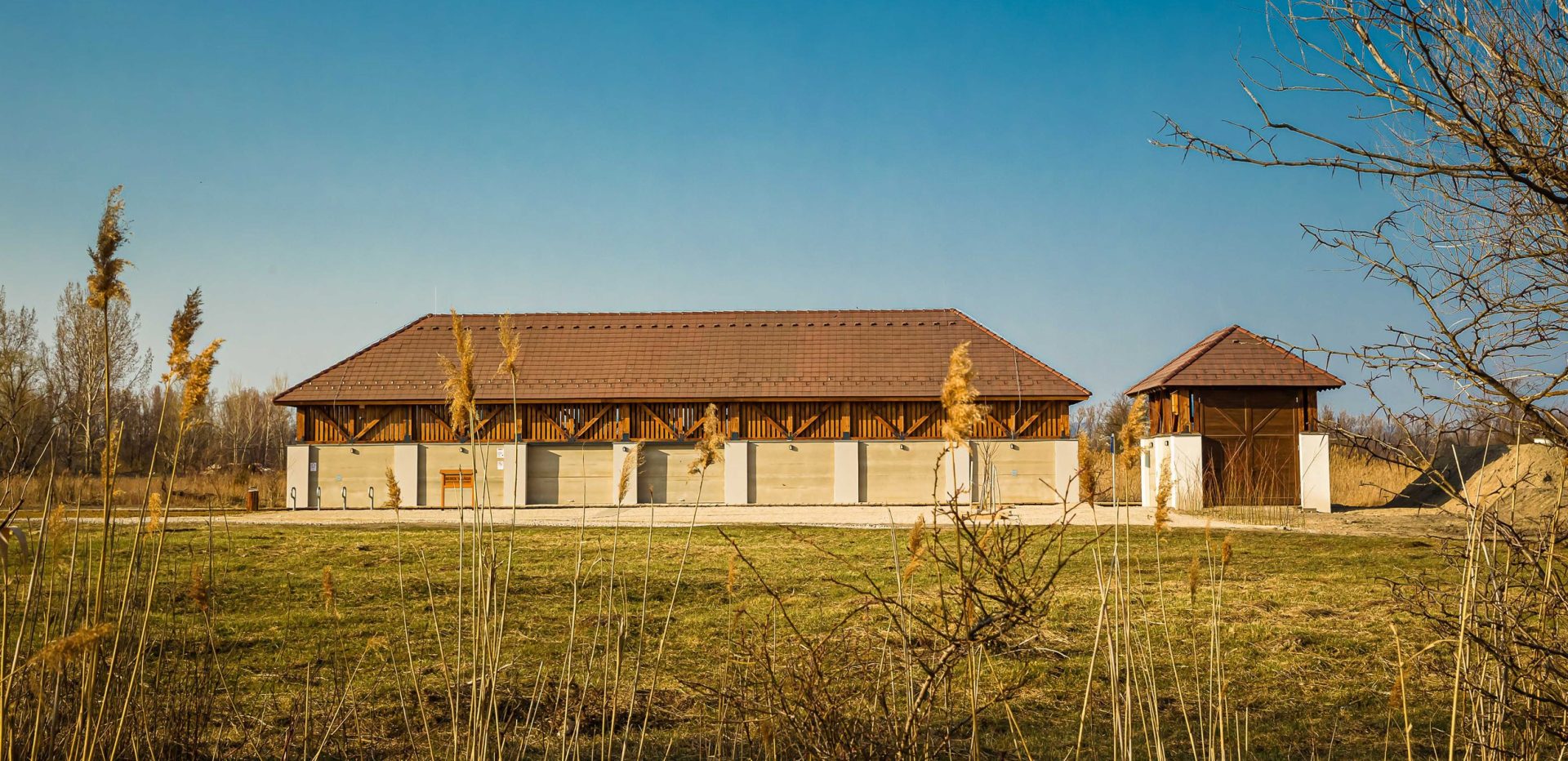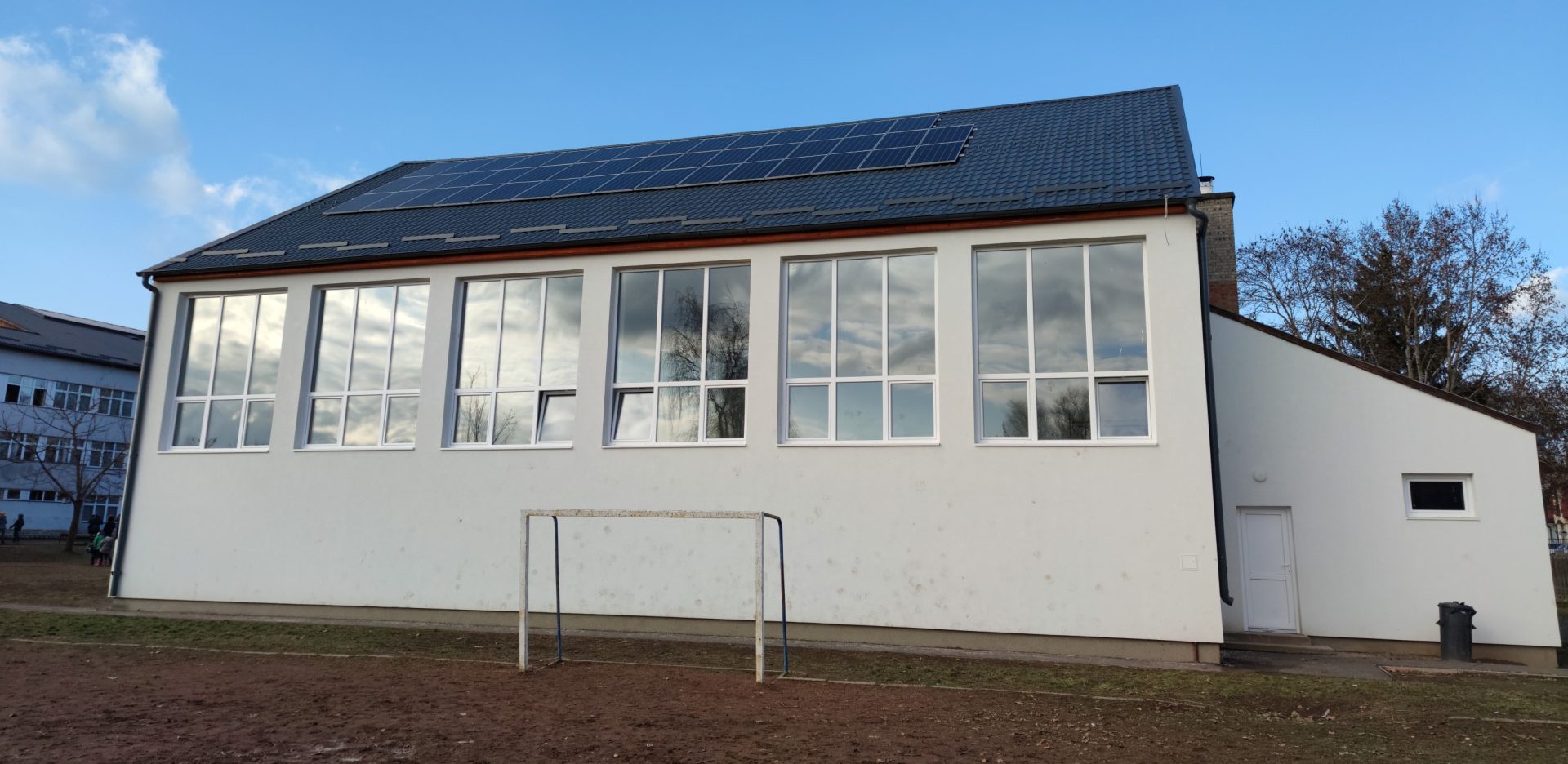The project “Barrier-Free – Accessibility of Information and Communication for People with Mobility Disabilities,” launched in 2018 by the National Federation of Disabled Persons’ Associations (MEOSZ), has made it easier for six hundred severely mobility-impaired individuals to handle public affairs and access public services. This three-year project, funded by the Human Resources Development Operational Program between 2014 and 2020, significantly supports social inclusion and self-determined living.
During the planning and the implementation of the project, funded by the Széchenyi2020 programme, MEOSZ and its member organisations took special care to provide equal assistance in all counties, which has enabled the initiative to even reach people with reduced mobility living in isolation. The 600 active age participants included people with severe disabilities, wheelchair users, people with upper limb impairments and people with communication difficulties. What’s more, 80 percent of the project’s staff was also disabled, so not only professional support but also peer support was provided during that time.
MEOSZ staff visited the participants in their homes to assess their needs and select the most suitable IT tools for them, moreover they encouraged the participants in developing their digital competences and in using the tools to manage their own affairs independently.
Each participant received a laptop or tablet. Of these, 230 people with severe disabilities – who cannot use a computer in the traditional way because of their mobility – were given a so-called assistive device (such as a mouse or joystick that can be controlled with the eyes) to enable or facilitate computer use. Some of the participants also needed positioning aids (e.g. body harness, forearm support, wheelchair holder) to help them assume and maintain the correct, optimal posture to use the computer while sitting in a wheelchair. The project also involved 36 people with reduced mobility with communication difficulties. Since they cannot express themselves in a way that everyone can understand, they were given a communication software developed in Hungarian, with the support of which they can use IT tools to supplement or replace their speech.
As individual solutions, based on the needs of the persons concerned, played a key role in the implementation, it was essential to coordinate the work and knowledge of the professionals involved. In addition, MEOSZ developed, tested and operated an IT portal, where participants could get help from mentors and project specialists to manage their issues.
The introduction of new IT facilities, assistive technologies and assistive devices used in the project can be a milestone in the lives of all people with disabilities. People with disabilities have been introduced to new ways of doing things, many of them doing things that were previously done entirely by others. 75% of participants said they use the internet more often than they used to. Most have made improvements in e-administration. In addition to public administration, 81 people have found a new job and eighty-two have enrolled in a course or school.
The development was implemented from EU funding in the project EFOP-1.1.5-17-2017-00004 under the Human Resource Development Operational Program.
Find out more about the project in the Project Finder:Details








